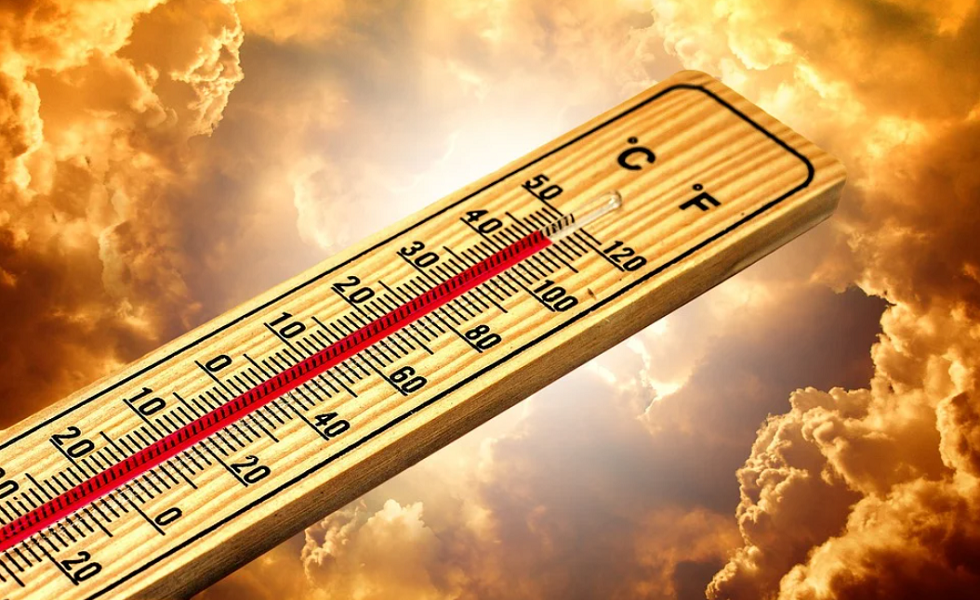La Française: It’s now or never!

This week marked the publication of the final installment of the Intergovernmental Panel on Climate Change’s (IPCC) Sixth Assessment Report (AR6), an eight-year long endeavour by the highest authority on climate change science.
Across its nearly 10,000 pages, the AR6 depicts the annihilating impacts of surging greenhouse gas (GHG) emissions globally – both already observable and likely to arise – as it concludes that global warming is now more likely than not to reach 1.5°C in the near to medium term. Like a beacon of hope however, AR6 does emphasise the courses of action to take to avert the growing risks we are expected to face – despite an increasingly narrow window of opportunity.
With growing economic activities and GHG emissions, global surface temperature in 2020 was nearly 1.1°C above the pre-industrial level in 1900, thereby inducing unprecedented changes in recent human history to the earth’s climate: current concentrations of carbon dioxide are unmatched for at least the past 2 million years and oceans are warming faster than at any time since the end of the last ice age.
Amidst these snowballing impacts, the AR6 Synthesis Report (SYR) reaffirms the inconvenient truth that communities which have historically contributed the least to current climate change are disproportionately affected, mainly Least Developed Countries, Small Island States and the Arctic. About half of the world’s population lives in geographic zones which are highly vulnerable to climate change, as higher temperatures are already fostering the proliferation of food-borne, water-borne and vector-borne diseases.
Between 2010 and 2020, human mortality from floods, droughts and storms was fifteen times higher in highly vulnerable regions. Importantly, every additional 0.5°C of global temperature rise causes discernible increases in the frequency and severity of extreme weather events, further weakening the resiliency of the most vulnerable. Certain climate impacts are already so incredibly severe that they simply cannot be adapted to, leading to losses and damages.
In order to limit global warming to 1.5°C with no or limited overshoot, the IPCC projects that GHG emissions need to peak immediately and before 2025 at the latest, and that reaching net zero CO2 emissions will need to happen in the early 2050s.
In light of this forecast, a new interim target for 2035 (i.e., a 60% decrease in emissions) has been established, which we hope will shape COP28 Nationally Determined Contributions (NDCs). Global surface temperature rises by 0.45°C for every 1000 GtCO2 emitted by human activity.
Furthermore, the IPCC finds that in 2019, approximately 79% of global GHG emissions came from energy, industry, transport and buildings together, implying that deep, system-wide shifts are needed urgently.
In addition, SYR strongly emphasises the growing importance of carbon dioxide removal as a means to counterbalance emissions overshoot and hard-to-abate residual emissions, such as those of the aviation and agricultural sectors. Interestingly, the IPCC finds that every single pathway limiting global warming to 1.5°C depends on at least some level of carbon removal: the latter takes the form of either nature-based approaches or newer technologies which extract CO2 from the air directly.
Of course, the amount of CO2 removal needed depends on the pace at which GHG emissions across the global economy decrease and the scale of the associated target overshoots. Nevertheless, IPCC modelled pathways that limit global warming to 1.5°C with no or limited overshoot reach median values of cumulative net-negative emissions of 220 GtCO2 by 2100. Which carbon removal method is the most appropriate depends on the local social and environmental context, each having its merits and shortcomings.
Last but certainly not least, SYR underscores the need for climate finance to increase drastically. While large gaps exist across sectors and geographical markets, feasible, effective and low-cost options for adaptation are already available. Mitigation options costing USD 100 per tCO2-eq or less could reduce global GHG emissions by at least half the 2019 levels by 2030. Delaying adaptation actions, however, poses the risk of cost escalation, carbon lock-in and stranded assets.
The bottom line of the IPCC’s AR6 is clear: the choices and actions implemented in this decade will have impacts now and for thousands of years. Limiting global warming to 1.5°C is still possible, but only if we amplify our efforts now. It is perhaps UN Secretary-General António Guterres that summarised it best: 'our world needs climate action on all fronts – everything, everywhere, all at once'.
